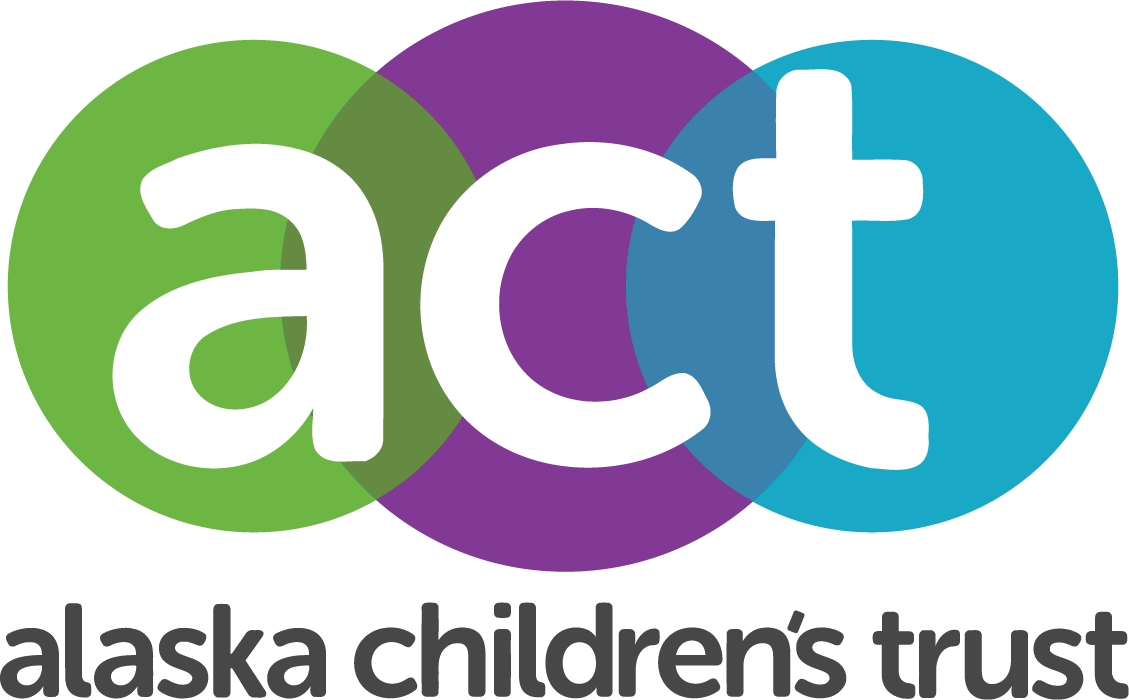Fentanyl in Alaska: Protecting Our Teens and Breaking the Silence
It’s hard to believe that it’s that time again, back to school! With the return of thousands of students statewide to our education system, it’s vital that the safety and well-being of children and teens to be top of mind for both parents and educators. When it comes to setting students up for success, in addition to creating healthy routines and prepping for academics, we all must also prepare for the challenges that kids face when it comes to access to alcohol, narcotics, and, a new danger circulating throughout the state, fentanyl.
Fentanyl is a synthetic opioid 50 times more potent than heroine that can be mixed in with other drugs like meth, vape cartridges, and prescription opioids, leaving individuals unaware to the dangers lurking inside. It is tasteless, it is odorless, it is colorless, it is a silent killer.
Alaskans have likely heard stories about fentanyl and may assume that it is far removed from the kids and teens close to them, but fentanyl has surged in our state in the past year and a half. Just this last school year, 10 high school students in the Anchorage School District overdosed from exposure to fentanyl, many without even knowing that the risk was there. In 2022 alone, the Alaska Department of Health reported fentanyl overdose deaths in Alaska have increased by 150% compared to 2020. Nearly three out of four opioid overdose deaths were in part due to fentanyl in Alaska in 2021.
Access to drugs has changed with access to social media, simply by looking up “plugs near me” (a name for a drug dealer or contact) on social media, it’s possible to find a seller and a “menu” (an online menu of various drugs/brands). In the case of fentanyl, sellers and customers are often both unaware that it is in a product they’re purchasing. In a recent ADN article, Kersten Johnson, Anchorage School District’s Secondary Education Director, stated, “For most of the cases, kids took it unknowingly”.
With teen vaping in the U.S. on the rise and 26% of Alaskan teens reported vaping in the past month, KIDS COUNT 2019), there is additional cause for concern because fentanyl can be laced in vape juice (the flavored liquid used in a vape pen) as well. Even if a teen is only using nicotine or marijuana, they can still be unknowingly exposed to fentanyl.
“Any bathroom you go into in a high school is going to have some kids vaping in there in the handicapped stall, weed or nicotine, it’s everywhere. If you look on the stall doors, you’ll most likely find a plug number too.”
This school year, the Anchorage School District is ensuring schools have a Narcan kit (a medicine that rapidly reverses an overdose, attaching to opioid receptors and blocking the effects). However, even with Narcan kits available, there is still risk of overdose, as Narcan is only a temporary fix and does not counteract the effects of fentanyl. Often multiple doses are needed, depending on the person’s level of exposure, making it incredibly important to call 911 after witnessing an overdose or administering Narcan. Don’t miss this crucial step if you witness an overdose.
What Can Parents and Educators Do?
Parents, the most important thing you can do is talk to your preteen, teenager, and their friends about fentanyl in an educational but not fear-based way. Start the conversation by explaining addiction and the way that fentanyl can be hidden in common drugs. Have an open and honest conversation about drugs that is age-appropriate and talk about it early and often. If you create a solid base for conversations about safety with drugs and alcohol it will be easier to continue that conversation as your kids get older.
Be informed of where Narcan Kits are available in your community and ensure that your child’s school has it and that your family knows how to administer it. Free online training and kits can be accessed here through the Alaska Native Tribal Health Consortium. Project Hope also has various distribution sites throughout Alaska.
If you engage with alcohol, recreational, or prescription drugs, be sure to model positive behavior for children and teens in your life and store all substances safely.
By accessing Iknowmine.org’s “Drug and prevention” tab, you can order fentanyl test strips and Narcan kits, free of charge. Adolescence is a time for adventure, but sometimes, a time of making poor decisions, but these are not the same drugs as 10 years ago. No matter how hard it may be, it's better to be safe, test any substance for fentanyl before using.
While fentanyl is a deadly substance, there are many ways that parents and schools can make a difference in combatting this rapidly increasing health crisis. These tragedies impacting our youth are not inevitable and by working together, parents and families can continue to build a safer Alaska for all.

